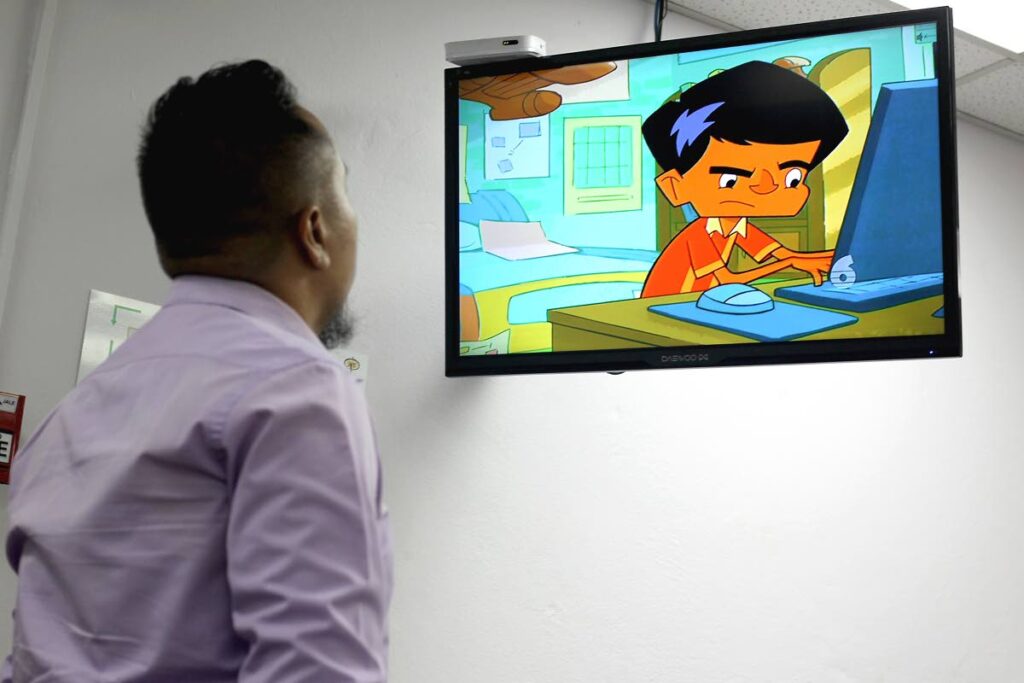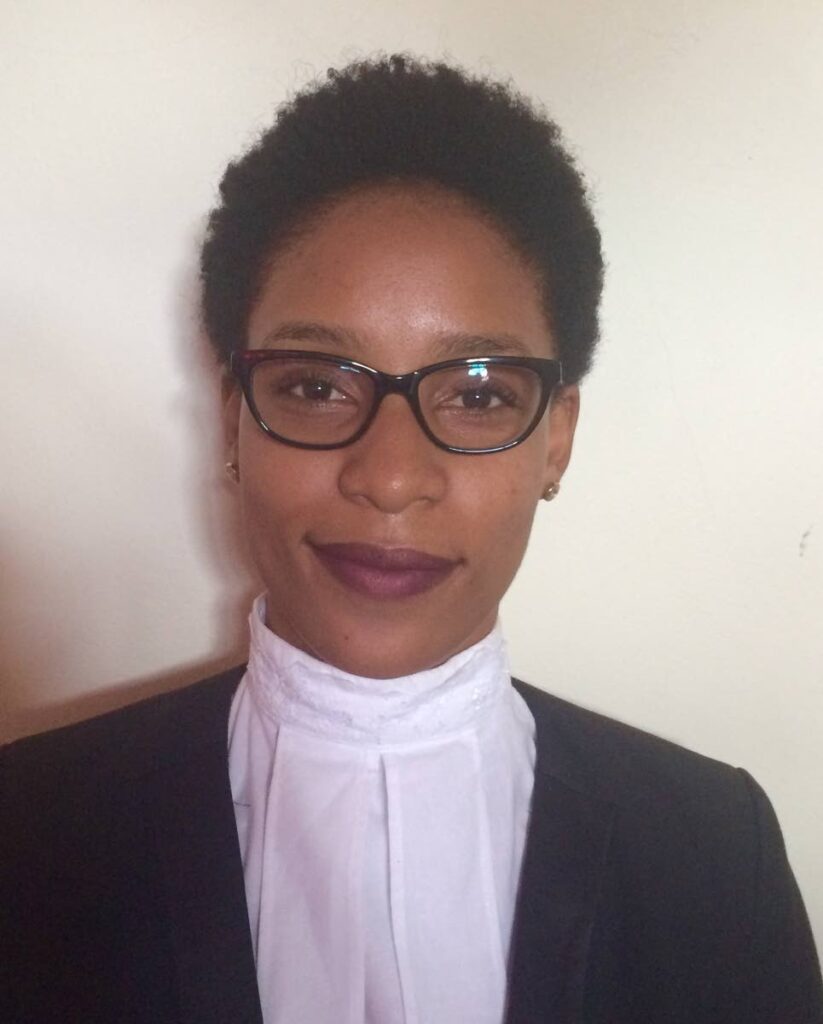View from the Bar: Broadcasting standards – evolving rules of engagement

KANISA GEORGE
Over the last five years, the world of television has shape-shifted into an oversized, colossus variety package. No longer are we confined to scheduled programming on local TV or Spider-Man reruns that has become synonymous with the HBO name. Instead, the world of TV is literally in the palm of our hands.
Streaming platforms are everywhere, with available content to suit just about everyone. Most of what we see on TV and streaming platforms like Hulu has been crafted, edited, and retouched for an intended audience. But each movie, series or daytime talk show has been categorised and rated, and most comply with standards and codes.
These standards vary based on the medium used, and stricter standards are commonly found in broadcast TV. Last Sunday's Oscar fallout properly put into perspective the high standards that must be followed when broadcasting live.
While many of us, thanks to the internet, saw and heard what actually went down between Will Smith and Chris Rock, ABC and its network affiliates ensured that, at least from their end, there was radio silence.
This, thanks to tape delays which have been a staple of live broadcasts. They give stations just a bit of breathing room to bleep embarrassing situations or content that could draw a fine from regulatory bodies like the Federal Communications Commission.
Broadcast regulations vary by country, but the United States, according to one writer, has a reputation for being stricter about expletives and nudity compared to other countries.
After all, the uncensored version of last Sunday's event was made available largely in part to countries like Australia, which aired the unedited version.
We now have access to everything online, and streaming platforms have all but made expletives and scenes that feature private parts "normative."
Should broadcasting standards be reconsidered in light of the new standard of entertainment?
Free-to-air broadcast television, like TV 6 and some subscription-television broadcasters like CNN made possible for viewing through companies like Digicel are subject to slightly different standards to, let's say, Netflix or Apple TV.
In TT, the broadcasting sector is monitored by the Telecommunications Authority of Trinidad and Tobago. Created by the Telecommunications Act Chapter 47:31, the Authority is required to regulate broadcasting services consistently with sections 4 and 5 of the Constitution and guide the development of the broadcasting sector.
Broadcasting codes, in summary, exist to protect viewers and listeners from harmful and offensive content while adequately balancing a broadcaster's freedom to make challenging programmes. In addition, these rules strive to ensure that children are protected and that discriminatory content isn't shared. One example of this is the watershed principle. Followed rigidly by most regions, TV programming that might be unsuitable for children can freely be broadcast only at 9 pm.
Section 79 of the Act requires that the Authority, subject to an affirmative resolution of Parliament, promulgate a Broadcasting Code to regulate the practices of providers of broadcasting services.

As a result, a National Broadcasting Code was drafted to balance the conflicting rights and interests of stakeholders while promoting acceptable standards through the introduction of protective provisions. These codes contain rules for regulating the content of programmes and material transmitted by radio and TV broadcasters and give guidance on issues like broadcasters' responsibilities towards the family, children and the community and standards concerning the treatment of violence, crime, drugs, sex, news, current affairs and advertising.
On the other hand, subscription television sometimes falls outside the scope of the code; however, subscription providers must make available to their customers a general audience package, which will be subject to the same rules that apply to free-to-air TV.
Notably, the code sets out the procedure for making a complaint to the authority for material and the procedures and principles through which the authority will implement and enforce these codes.
While these rules are there to protect us, some argue that they are archaic and merely a farce, especially in light of very different standards set by social media and internet use.
"You've got stations broadcasting under a certain set of rules and social media using another set, and you can see how easily you can get to the cut content by going on social media." This, according to Jim Hatcher, chief technology officer at Human Circuit. He further questioned how traditional broadcast will compete with this and whether regulatory frameworks would be able to address it.
A recent report by rating company Nielsen found that the American audience consumed just over a quarter of their content from broadcast, while more than 60 per cent came from cable and streaming services.
We live in a time where a growing number of broadcasts are over-the-top transmissions, like Netflix, meaning they are sent directly over the Internet and bypass cable or antennae connections. This can cause a serious ethical dilemma, especially where live streaming is concerned.
Some countries like India, who recently published its Intermediary Guidelines and Digital Media Ethics Code Rules 2021, have gone a step further by setting up new rules that will govern social media and online streaming. It forces services like Netflix and Twitter to create levels of content classification and remove or disable access to offensive content within 36 hours of receiving a directive.
Network TV remains a place where traditions, regulations and standards could flourish. And I suppose this might be a good thing. For even in the wake of those hot and steamy Bridgerton sex scenes and glorified drug use on Euphoria, network TV provides a safe harbour we could use to house whatever remains of our morality.


Comments
"View from the Bar: Broadcasting standards – evolving rules of engagement"